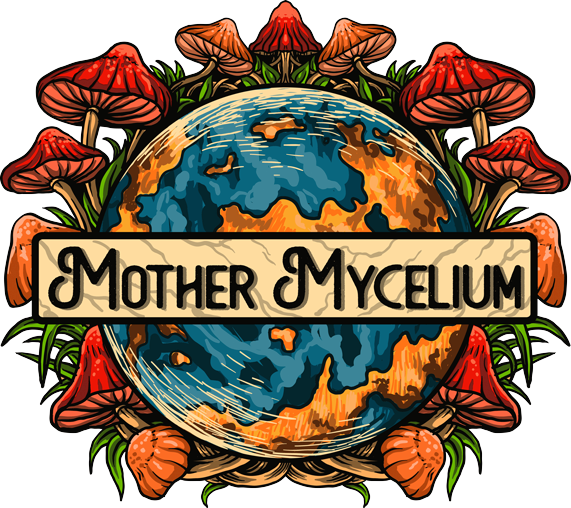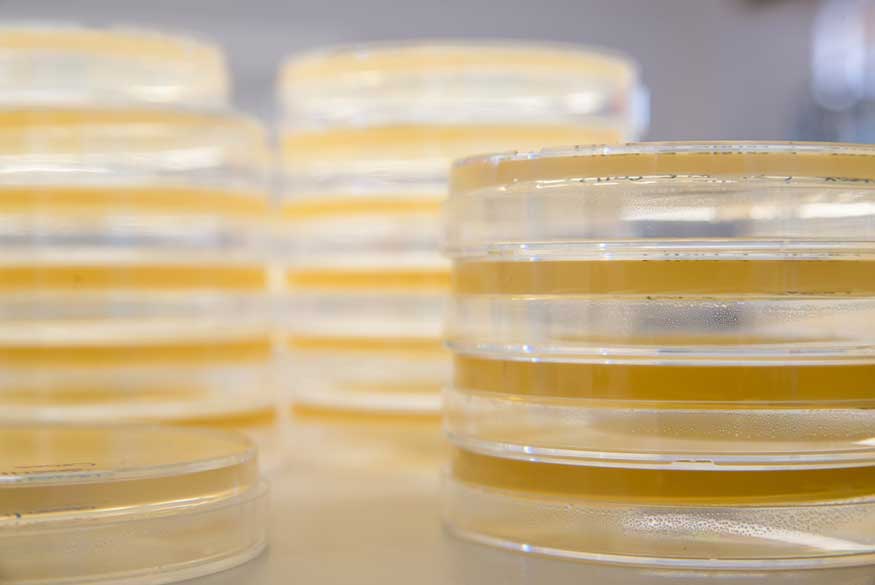
How to Make Agar and Liquid Culture for Mushroom Cultivation
An in depth breakdown on culture media preparation for fungal culturing.
Click here to watch the video tutorial.
Culture Media Basics
What is a culture medium?
A culture medium (pl. media) is a mixture that is specially formulated for microbial growth. Culture media are usually made in solid form (agar) or liquid form (liquid culture or broth). Agar nutrient mixtures are typically the same as broth with agar added to solidify the medium. Agar is a powder that is derived from algae. When added to a medium, boiled and then cooled it solidifies into a consistency similar to that of gelatin. A culture medium is typically added to petri dishes or tubes depending on the intended use. Agar plates, liquid culture and agar slants are the most common forms of culture media for fungal culturing.
Fundamental Nutrients for Culture Media
No matter what organism you’re culturing, you need to provide the proper nutrition based on the species you want to grow. Fundamental nutrients for any medium are:
Water: It is best to use purified or de-ionized water. Avoid water with excess chlorine, heavy metals, and/or other contaminants.
Carbon: Heterotrophs (like fungi) require one or more organic compounds as their carbon source. For fungi, potato dextrose, light malt extract, and honey are great options.
Nitrogen: Some microbes may benefit from supplemental amino acids via peptone or beef extract.
pH: pH can influence the enzyme function of different microbes. For example, 10% tartaric acid can lower the pH to inhibit bacterial growth and isolate fungi. It’s important to ensure that the pH of your media is appropriate for the species you are culturing.
Minerals: Small quantities of calcium, sodium, potassium, magnesium and more can be added to supplement the mineral levels of a medium.
Growth Factors: Some microbes may require growth factors for proper growth. For example, some species of bacteria require growth factors from blood agar.
Energy: Some bacteria may require some supplemental energy source like the sun for photoautotrophs or glucose for chemoheterotrophs.
Making Culture Media
Overview
Culture media comes as a premade mix or as a series of ingredients for you to combine. Directions for making media are typically included on the packaging. If not, The Difco Manual of Microbiological Culture Media is a great resource that is sure to have the recipe you need.
Start by calculating the volume of media needed to fill the number of plates or tubes you wish to prepare. The table below can be used as a reference for the volume of media you will need to fill standard sized petri dishes and centrifuge tubes. Add the correct amount of nutrients and water according to the directions included with the media. Mix your media solution in a flask that holds twice the volume of the total volume of media you are preparing (if you’re making 1000ml of media, use a 2000ml flask).
| Type of Medium | Volume (ml) | Size of Vessel (mm) |
| Agar plate | 25 | 100 x 15 petri dish |
| Agar slant | 10 | 16 x 125 tube |
Sterilization Protocol
- Loosely screw the lid onto the flask of prepared media. CAUTION: ensure the screw top on your flask or culture tube is not tightened completely. This can cause the vessel to break during the sterilization process.
- Cover the cap of the flask with aluminum foil.
- Place the flask or culture tubes in your autoclave or pressure cooker and sterilize at 15 psi for 20 minutes (or follow the directions provided with the media mix).
- After the sterilization process is complete, check the pressure gauge on your autoclave or pressure cooker and ensure that it is safe to open.
Plate Pouring Protocol (see the video tutorial: How to Pour Agar Plates)
- Prepare agar medium according to the included directions.
- Sterilize the medium according to the sterilization protocol above.
- Open the sleeve of petri dishes and stack them in groups of 5-10.
- Remove the flask from the autoclave or pressure cooker. Slowly swirl the flask to mix the agar since it will tend to settle to the bottom during the sterilization process. Avoid air bubbles as you swirl the flask.
- Cool agar until it is comfortable to hold. If the flask is too hot to hold continue cooling.
- Lift up the top 4 plates and the lid of the bottom plate. Open the plate as little as possible as you pour. Never remove the lid completely and never set the lid down on the table.
- Pour the agar until it covers the bottom of the plate, then replace the lid.
- Repeat steps 6 and 7 until all plates are poured.
- Allow the plates to cool completely.
- When the agar is hardened, invert the plates and place them back in their original plastic sleeve.
- Label the bag with the date and type of medium used.
Note: Pouring the plates in stacks helps reduce condensation. Storing the plates upside down (inverted) can also help reduce condensation. Excess condensation can result in poor visibility and is not ideal for the growth of some cultures.
Slant Preparation Protocol (see the video tutorial: How to Make Agar Slants)
- Prepare agar medium according to the included directions.
- Fill a test tube rack (or slant rack) with uncapped culture tubes.
- Pour the medium into a plastic dispensing bottle and dispense the appropriate amount of agar into each tube. CAUTION: If the medium is hot when poured into a plastic dispensing bottle, it will rapidly flow out of the top. Be ready to dispense if the medium is hot. You can also unscrew the lid of the plastic dispensing bottle slightly to stop the hot medium from flowing out so quickly.
- Cap the tubes ensuring they are not completely tight. CAUTION: ensure the screw top on each tube is not tightened completely. This can cause the vessel to break during the sterilization process.
- Sterilize the media filled tubes according to the sterilization protocol above.
- Remove the sterilized culture tubes from the autoclave or pressure cooker.
- Gently swirl the tubes to distribute the agar since it tends to settle to the bottom during the sterilization process.
- Gently lean the test tube rack on its side. Prop it on an appropriate object to achieve the angle that you want. If using a slant rack, simply place the rack on its side.
- Allow the agar to cool completely.
- When the agar is hardened, place the slants back in their original plastic sleeve or a plastic bag.
- Label the bag with the date and type of medium used.
Note: Many types of tubes can be used to make agar slants. The best option for mycology is a centrifuge tube with a screw top. Centrifuge tubes are affordable, take up very little space and prevent your cultures from drying out prematurely.
A slant rack is a special type of test tube rack that can be placed on its side while the agar cools inside the culture tubes.
Liquid Culture (broth) Protocol
- Prepare the liquid medium according to the included directions.
- Pour the medium into an autoclavable media bottle or glass jar.
- Cap the bottle or glass jar ensuring that it is not completely tight. CAUTION: ensure the screw top on the media bottle or glass jar is not tightened completely. This can cause the vessel to break during the sterilization process.
- Sterilize the liquid medium according to the sterilization protocol above.
- Remove the sterilized medium from the autoclave or pressure cooker.
- Label the vessel with the data and type of medium used.
- Cool completely before use.
Culture Media Recipes
Check out The Difco Manual of Microbiological Culture Media for hundreds of media recipes. Below are some basic recipes perfect for general fungal culturing. Any of these recipes can be used for liquid culture if the agar is removed.
| Media Type | Nutrients (g) | Agar (g) | Water (g) |
| Malt Extract Agar (MEA) | 24 light malt extract | 20 | 1000 |
| Potato Dextrose Agar (PDA) | 24 potato dextrose | 20 | 1000 |
| Malt Extract Yeast Agar (MYA) | 24 light malt extract 1 yeast | 20 | 1000 |
| Malt Extract Yeast Peptone Agar (MYPA) | 24 light malt extract 1 yeast 1 peptone | 20 | 1000 |
Culture Media Terminology and Classifications
Culture media can be classified based on application or use. A selective medium encourages the growth of desired microorganisms while inhibiting others. For example, a medium with a high concentration of salt (sodium chloride) will select for certain species of bacteria. Various chemicals, antibiotics and dyes can be added to achieve the selective action. A differential medium causes different types of microbes to look different from one another. For example, mannitol will cause the medium to turn from pink to yellow depending on the pH. This indicates whether the microbe you’re culturing can ferment mannitol which can then help you narrow down which species you’re growing. Depending on the use, media can be differential only, selective only, both differential and selective, or neither differential nor selective.
Culture media can also be classified based on composition. A synthetic medium is formulated with ingredients of known chemical composition. A non-synthetic medium contains ingredients of unknown composition. For example, malt extract agar is a non-synthetic medium composed of water, malt extract and agar.
Questions? Comments? Click here to join our Discord sever to get answers and advice from the pros!
Latest Articles
Latest Articles
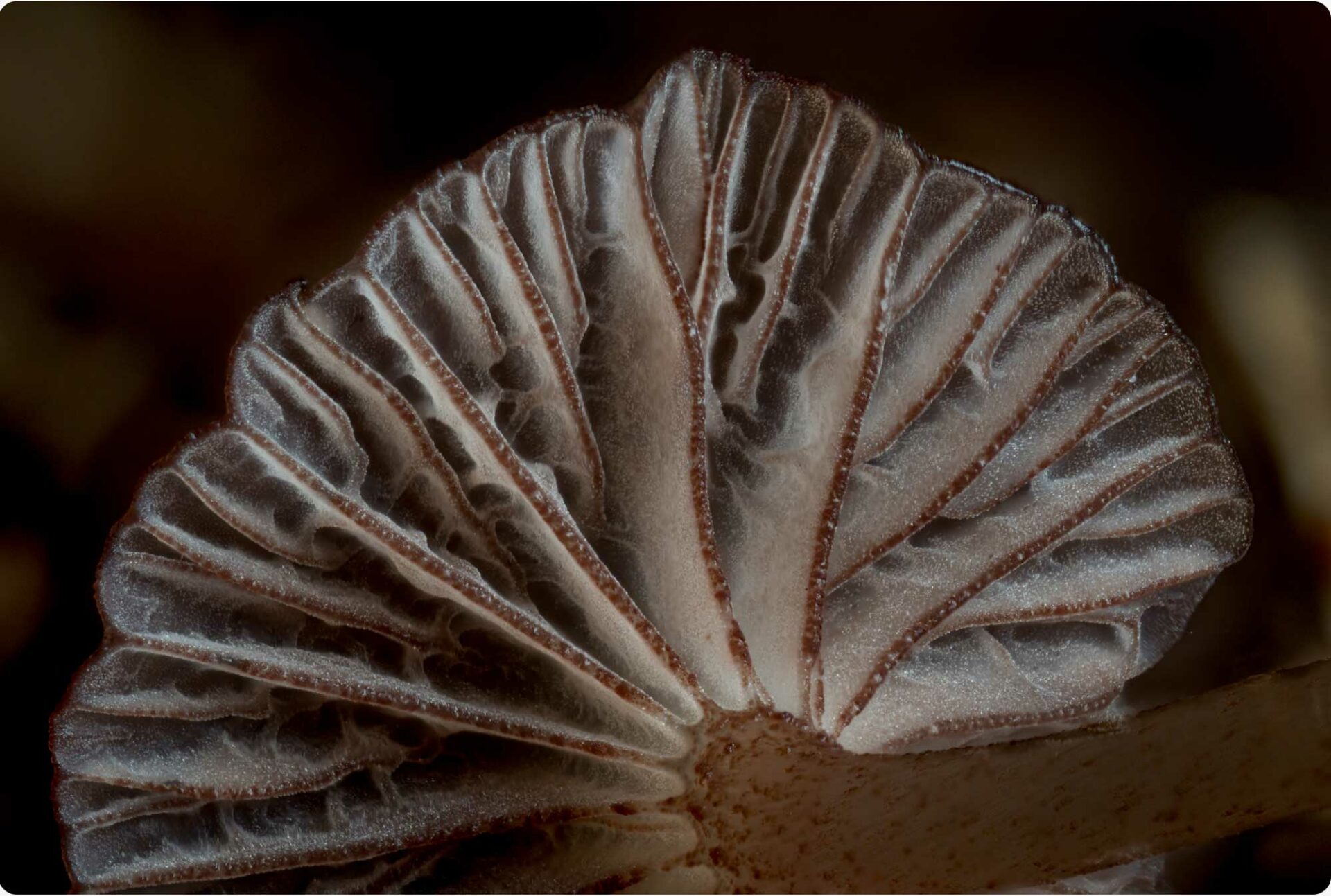
Mycology Glossary: Unlocking the Language of Fungi
Fungi are fascinating organisms, but the world of mycology (the...

Introduction to Mushroom Foraging in the Rockies
Mushroom foraging is a unique adventure that combines hiking, nature...
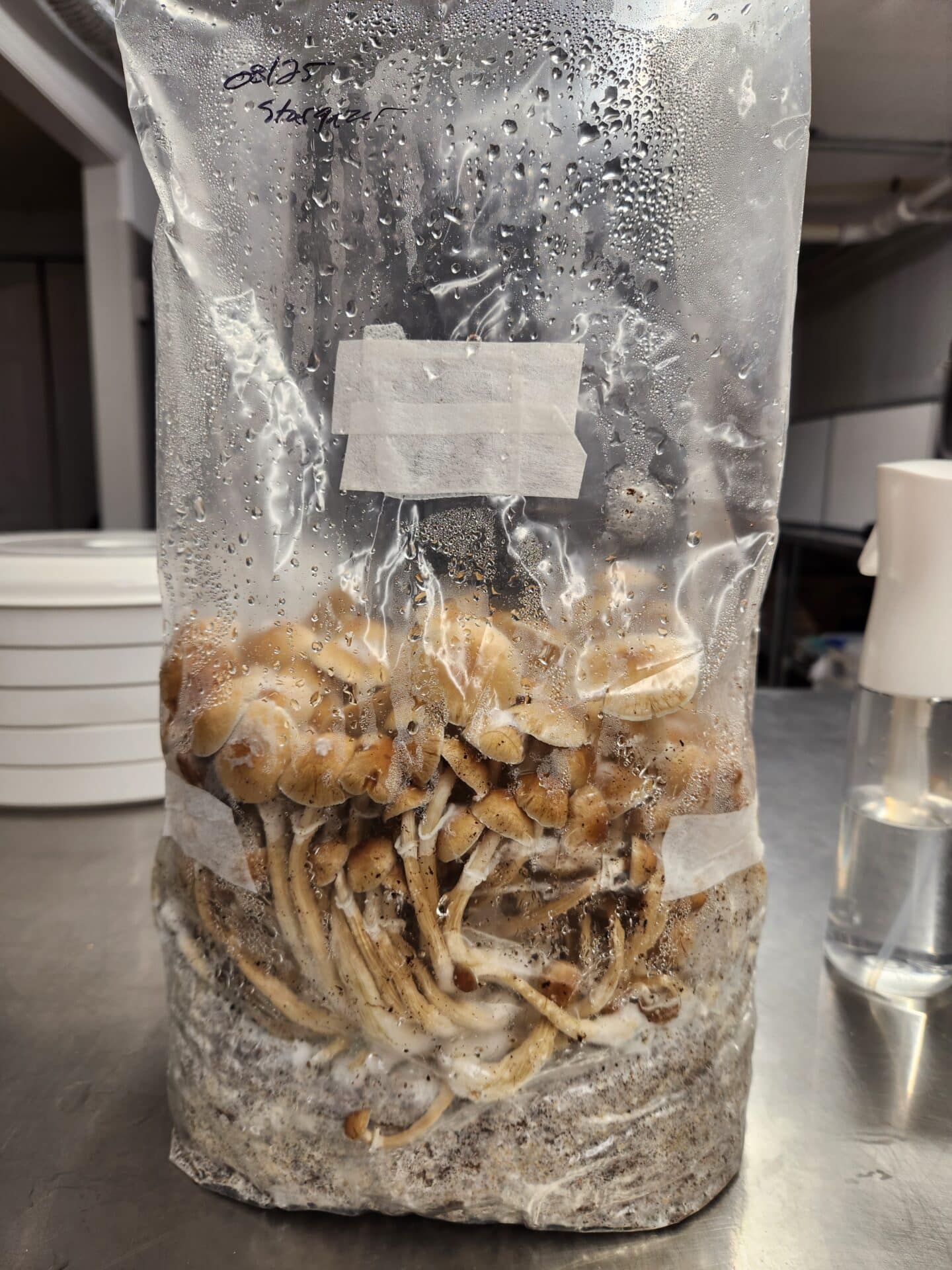
DIY Mushroom Grow Bags
Intro Growing mushrooms at home doesn’t have to be complicated...
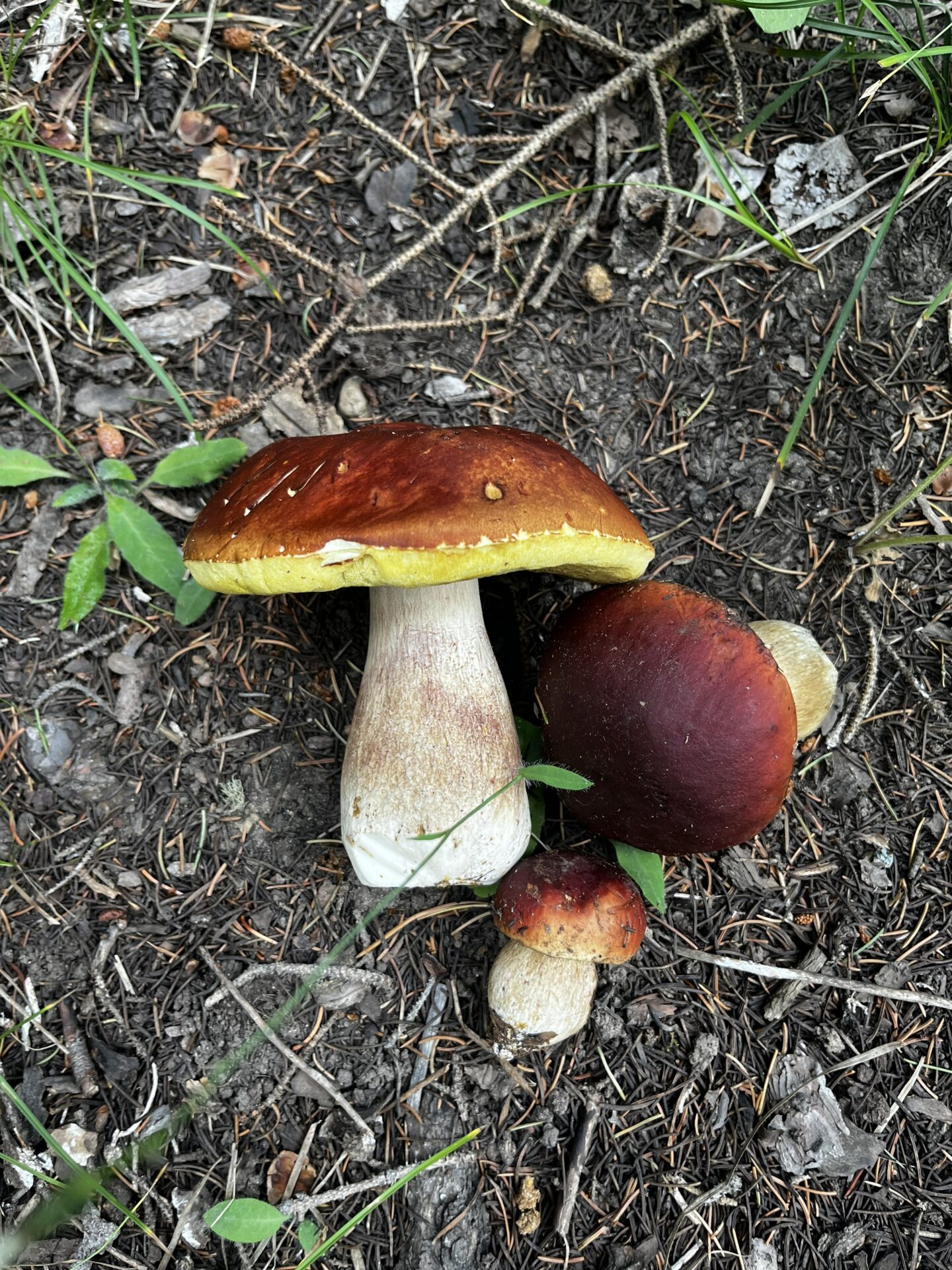
Colorado Mushroom Hunting Resources
Whether you’re just starting your journey into mushroom foraging or...
